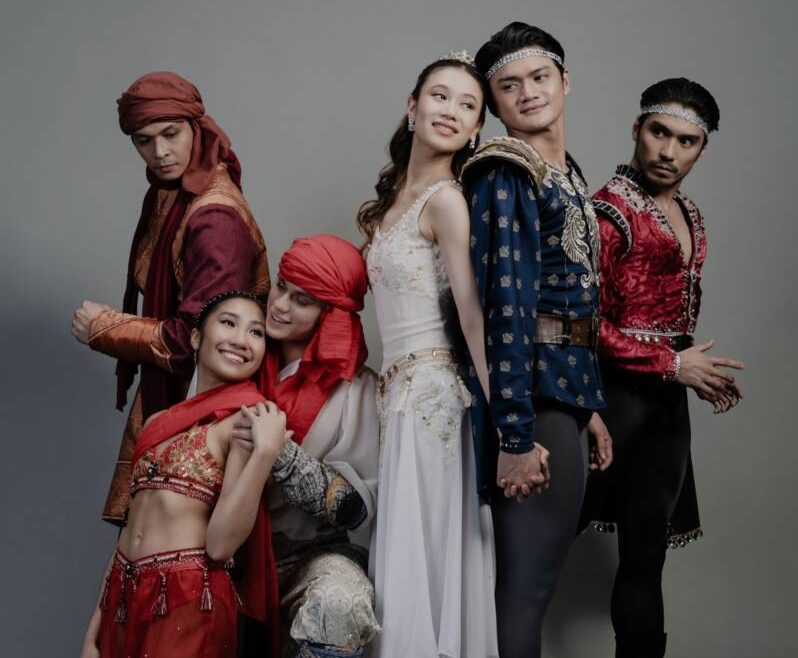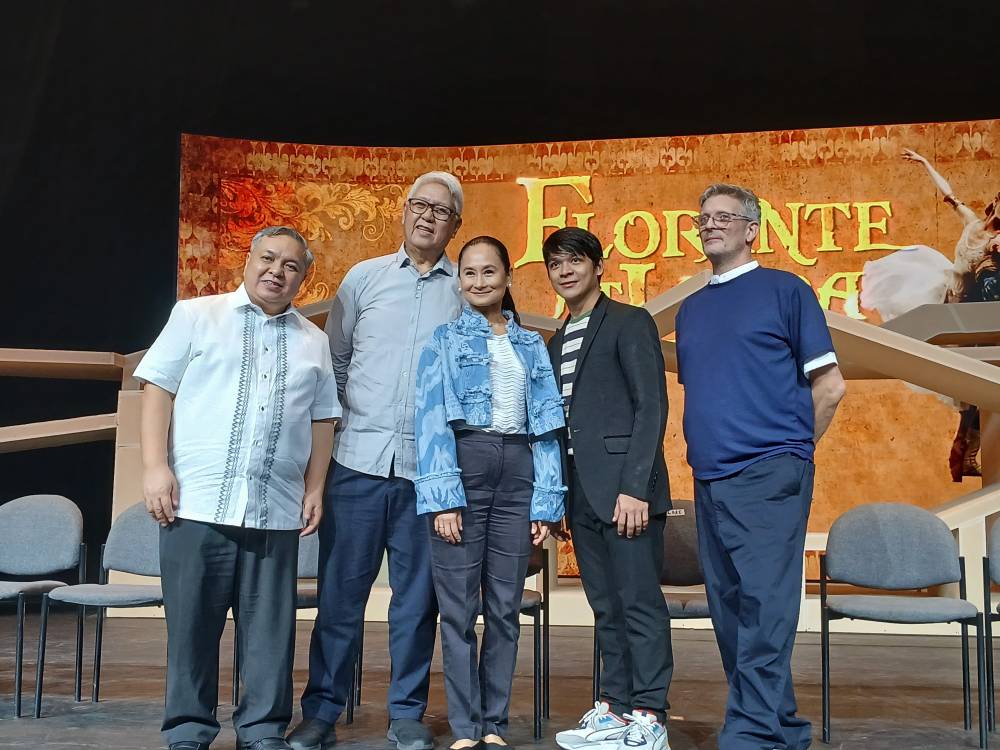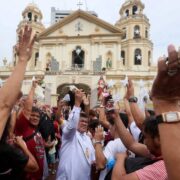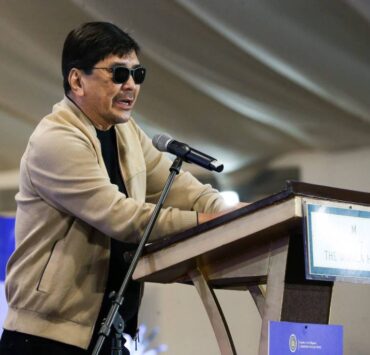Beyond romance: ‘Florante at Laura’ reimagined for dance

Once considered a dusty staple of high school curricula, Francisco Balagtas’ epic poem “Florante at Laura” is poised for a dramatic revival. Ballet Manila’s (BM) upcoming production aims to delve beyond the romantic narrative, revealing the deeper intentions of the poet laureate.
BM artistic director Lisa Macuja Elizalde gathered a powerhouse team. Librettist Michael Coroza, a Balagtas expert, collaborated closely with choreographers Gerardo Francisco and Martin Lawrance. National Artist Ryan Cayabyab composed a score that evokes the grandeur of Hollywood’s Golden Age while remaining accessible to a general audience.
The Orchestra of the Filipino Youth, conducted by Cayabyab’s son Toma, will bring the music to life. Scenographer Mio Infante’s geometric platform stage adds an intriguing element to the production.
Coroza explained that “Florante at Laura,” written in 1838, was influenced by metrical romances imported by the Acapulco-Manila galleon trade. The poem’s subplots—the love stories of Florante and Laura, and Aladin and Flerida—and its antagonistic figures, Count Adolfo and Sultan Ali-Adab, reflect the conventions of its time.
The literary pundit cited Balagtas’ global perspective, noting his exposure to Western literature through his studies at Colegio San Juan de Letran. “Balagtas was a pioneer Global Filipino, drawing inspiration from the best works of his time,” he said. Even the novel “Les Misérables,” with its revolutionary backdrop, incorporates a central love story.

Balagtas’ influence extended beyond his time, inspiring revolutionary figures such as Jose Rizal, Andres Bonifacio and Apolinario Mabini. His work addressed themes of cruelty, oppression, manipulation, injustice and religious conflict. Balagtas believed in Divine Providence but also recognized the potential for human error and manipulation. He warned against disregarding the Divine Will, a central theme of “Florante at Laura.”
Archetypes
The poem begins with Florante tied to a tree, lamenting the suffering inflicted on his country by Persian invaders. He questions God’s purpose, expressing a sense of helplessness. However, he ultimately accepts divine resignation, believing that all events are part of a greater plan. The story unfolds with a series of flashbacks.
One of the poem’s most enduring lines, “Sa loob at labas ng bayan kong sawi, kaliluha’y siyang nangyayaring hari,” remains relevant today. It translates to “Within and without my country, my country of grief, there evil prevails.” Florante describes a situation of oppressive governments and senseless killings, mirroring the challenges faced by contemporary societies.
Coroza condensed the epic poem into a two-hour adaptation, focusing on the friendship between Aladin and Florante, their respective paramours and Menandro’s crucial role in rescuing them. The production also highlights the treachery of Sultan Ali-Adab, who manipulates his son Aladin to seize Flerida for himself. Coroza described Aladin as a gentle and compliant character despite his father’s ruthlessness.

Balagtas’ portrayal of strong women is notable. Laura actively resists Count Adolfo’s attempt to seize the throne, while Flerida negotiates with Sultan Ali-Adab to save Aladin’s life. She then disguises herself as a Persian warrior to escape from the sultan and to search for Aladin. She ultimately intervenes to protect Laura from Adolfo’s harassment.
Raw energy and lyricism
In the choreography, Francisco’s signature raw energy, angular movements and urban dance style complement Lawrance’s lyricism. Francisco’s fight scenes are characterized by acrobatic and cinematic elements.
Lawrance’s duets and trios emphasize the intertwining and interaction of bodies, unlike the circus-like partnering today. His study of the English translation of “Florante at Laura” inspired him to draw musical influences and movements. He emphasized the poem’s depth, noting that it goes beyond religious conflict and romantic entanglements. Lawrance highlighted the significance of Menandro, who saved Florante from Adolfo’s school in Athens, and pondered how to effectively convey the strength of their bond on stage.
To enhance cultural authenticity, Francisco incorporated Albanian folk dance steps, while Lawrance introduced traditional Persian movements for Aladin and Flerida’s story. The choreographers’ close collaboration ensured a unified vision, avoiding the perception of distinct styles.
Joshua Enciso, with his athleticism and attention to detail, was a natural choice for the heroic role of Florante. Abigail Oliveiro’s regal bearing and physical attributes made her an ideal Laura, while Noah Esplana’s innocent appearance suited the role of Aladin. Despite his youthful face, Esplana’s physique suggests a soldier’s training, said Lawrance.
Romeo Peralta and Mark Sumaylo, known for their imposing and villainous presence, were well-suited for their respective roles as Count Adolfo and Sultan Ali-Adab. Stephanie Santiago’s Mediterranean features and athletic build made her a convincing Flerida.
Ultimately, Coroza aimed to highlight the poet’s underlying message: standing up to oppressors and the ultimate triumph of good over evil, regardless of the suffering endured.
The ballet will be staged at the Aliw Theater on Oct. 12 at 8 p.m., and on Oct. 13 and 19 at 5 p.m. For tickets, visit ticketworld.com.ph. Visit balletmanila.com.ph.

















